In the UK, we have access to literally millions of different blooms. From the simple daisy to the fabulously exotic ‘lobster claw’ (Heliconia Pendula). And yet, for the most part, we tend to stick to the same few species when selecting cut flowers for the home. The reasons for this are manifold, Some flowers have a timeless aesthetic that we all simply love. Others are gorgeously scented. While a choice selection have an exceptionally long lifespan once cut and can look good in a vase for weeks. So, what are Britain’s favourite blooms? And why do we all love them so much?
Britain’s Top 10 Favourite Cut Flowers
1. Roses
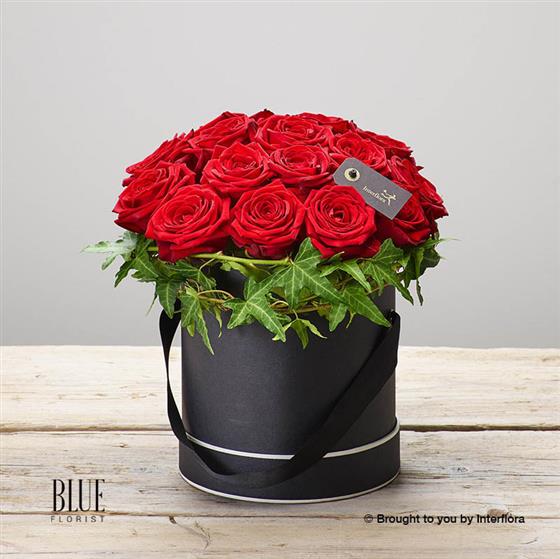
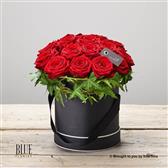
Talk to any gardeners or florists and they’ll tell you that just like any other area of life, flowers go in and out of fashion. All, that is, except the rose. In the days of Ancient Rome, an annual rose festival was held. In British history, the rose represented royalty, as two families – the red rose and the white – fought for the throne of England in the 15th century. And throughout the ages, poets have embraced the rose as an emblem of love. While a ‘rose by any other word would smell as sweet,’[1] no other bloom has held as much power as the rose in the history of flowers… But we just love it because it’s beautiful, whichever of its many forms it takes.
2. Lilies
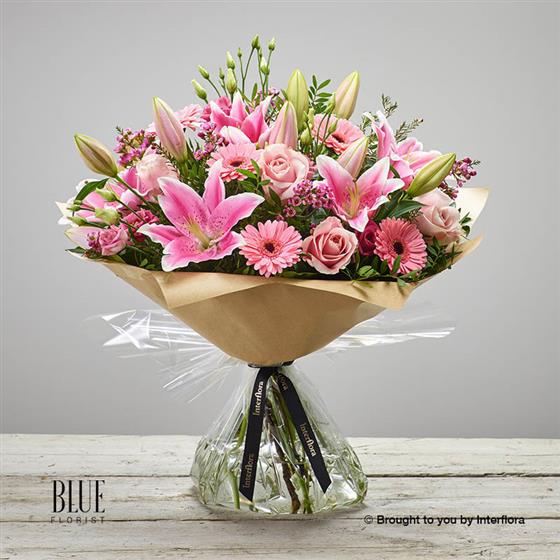
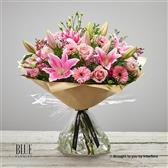
Lilies have been cultivated for around 3,000 years. They were loved in ancient Egypt, Rome, Greece, China, and Japan. And they’re loved still for their stellar, show-stopping quality. Their enormous blooms come in an array of colours and can’t help but draw the eye. And while the lily’s scent is part of its appeal for many, the millennia of breeding means that you can get unscented lilies too.
3. Freesia
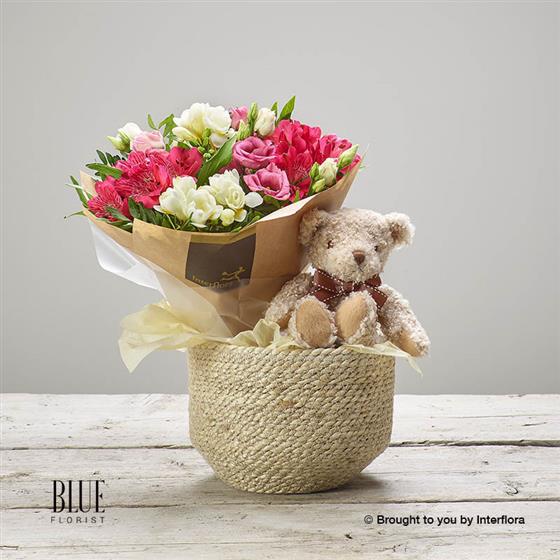
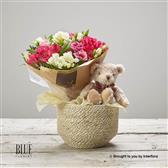
Freesias are floristry favourites for a number of reasons. They’re delicate, versatile, long-lasting, and available in a wide range of colours. But most of all they have the most beautiful scent. Their long stems and graceful flowers make for a winning combination. And because they can be grown successfully and easily in the UK, they’re a relatively affordable option for the cut flower market.
4. Tulips
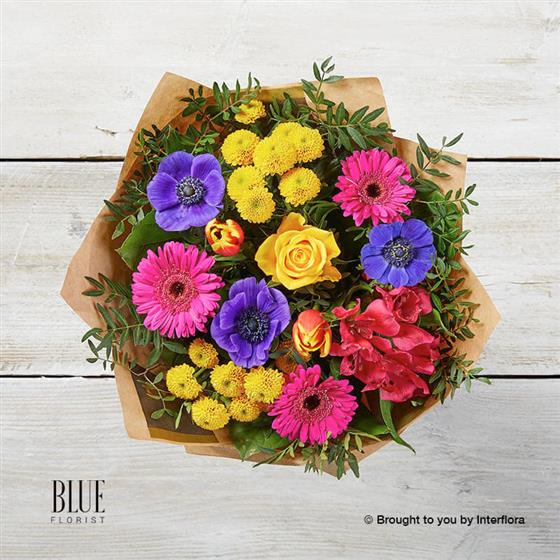
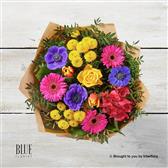
Tulips came to popularity in the late 16th century. And though the days of ‘tulip mania’, where a single bulb could cost more than the average house, are well over, the tulip remains one of our most loved cut flowers. This is partly due to their undeniably gorgeous appearance. Partly due to the romantic associations of the name – tulips, two lips. And partly because unlike the majority of other blooms, tulips can continue to grow once cut, as long as you care for the stems properly, so they last a long time.
5. Gerbera
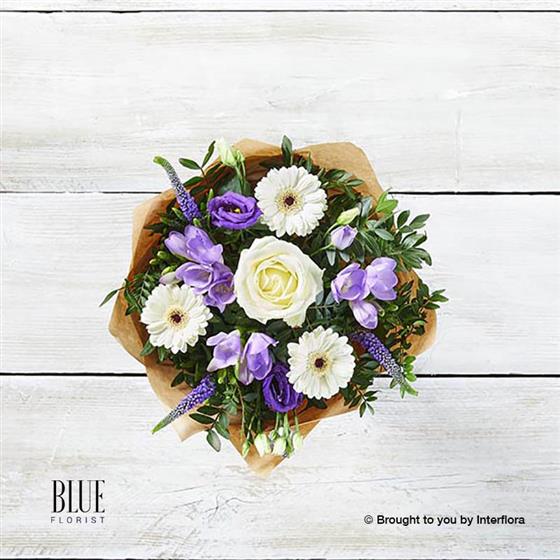
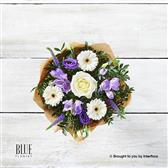
The thing about gerberas is that they’re happy little flowers. Their daisy-like form and assortment of shades makes for a stand-out centrepiece or versatile back-up bloom. The fact they they’re unscented simply reinforces their usefulness, making them the perfect choice for those sensitive to smells, or for bouquets where other richly scented blooms are the intended stars of the show.
6. Alstroemeria
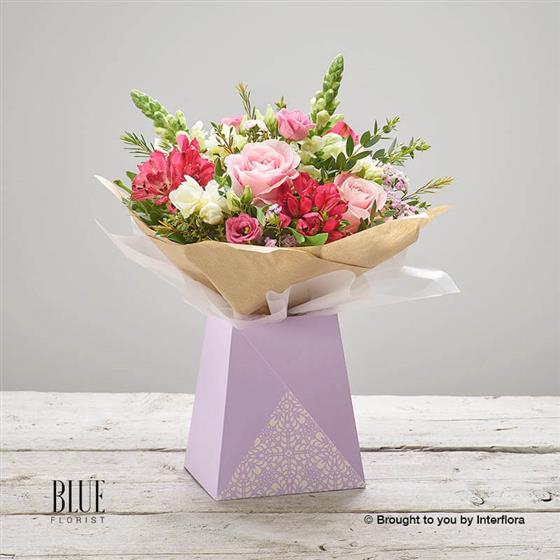
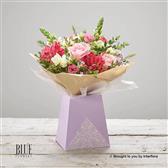
Bold and distinctly exotic in appearance, alstroemeria is a relative newcomer to the floral market. It didn’t really become widely planted until the 1980s, but now florists and flower buyers alike love it for its bright, unusual flowers. Lasting up to two weeks when cut, these flowers are as useful as they are lovely.
7. Iris
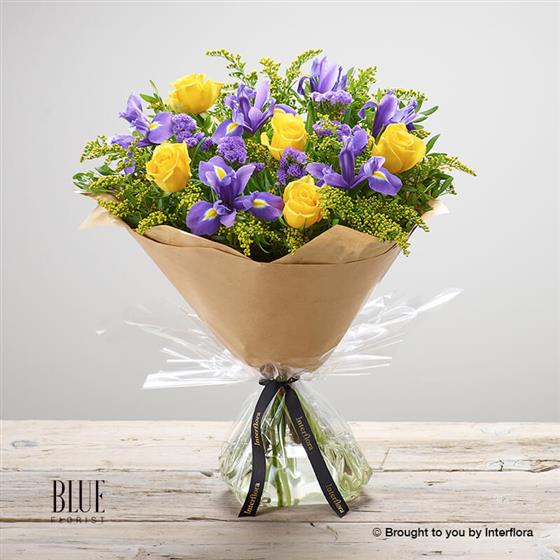
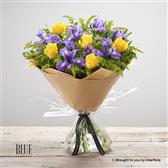
It’s the exquisite beauty of the iris that iris makes it such an incredible cut flower. They don’t last that long – often only blooming for a week. But while they bloom, they shine. They’re available in an incredible spectrum of colours. And although this is often overlooked, many species have a lovely sweet fragrance.
8. Orchids
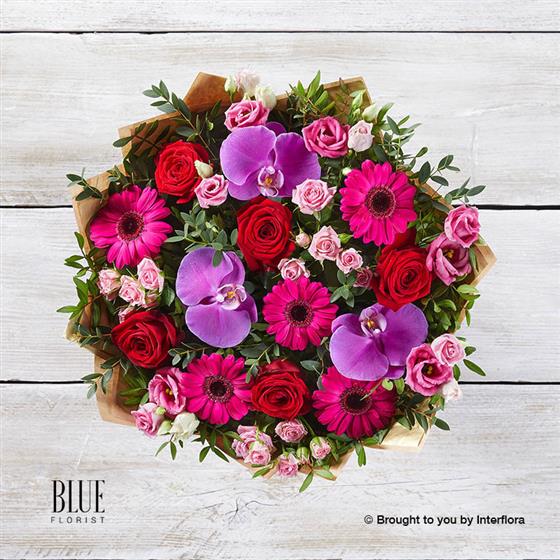
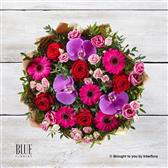
Orchids have become something of a go-to house plant in the UK in recent years and it’s not hard to see why. Stately, graceful, eye-catching and amazingly coloured, they’re astonishing plants. Surprisingly though, they also make lovely cut flowers. They’re long lasting, don’t tend to fade or bruise and they open quickly.
9. Chrysanthemum
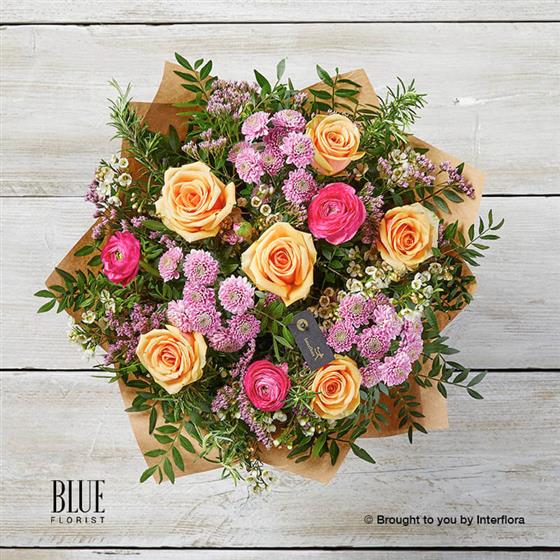
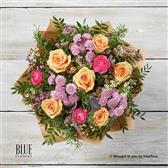
Originally a flower of Japan, the chrysanthemum has been cultivated since the early 8th century, but didn’t gain popularity in the UK until the late 1800s. Now, you can choose from a vast array of varieties and colours from practically every florist, supermarket and garage. Their easy availability has cheapened the chrysanthemum and for a while, giving a vase of ‘mums was considered second-rate. But these flowers are real doers, they can last for weeks in any cut arrangement and will almost always be the last flower standing. This quality has given them a whole new value. And if you look closely, it’s not hard to appreciate the true beauty of these big, blousy blooms.
10. Carnations
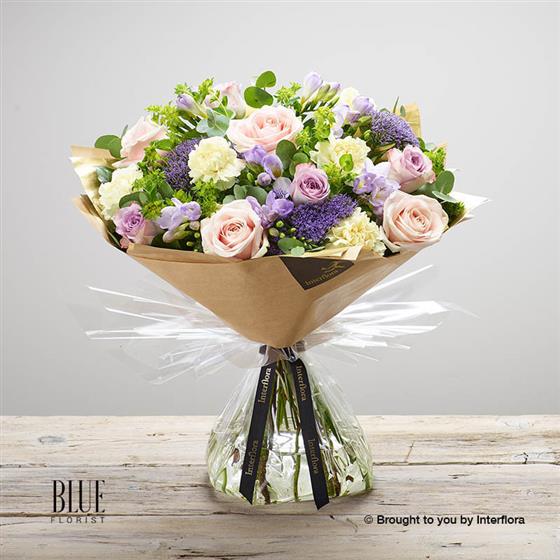
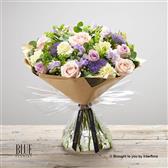
Carnations have fallen a little out of favour in gifting floristry in recent years. Largely for their association with funerals. But pretty and delicate with a beautiful fragrance, if cleverly integrated with other flowers carnations can still make a stunning addition to any bouquet. And they last around three weeks once cut. Although it must be noted that their continuing high volume of sales is partly due to the bereavement market.
From alliums to zantedeschia, there’s a vast selection of cut flowers available from your local florist. So, it’s funny to see that so many bouquets are made up of these top ten favourites. But these beautiful blooms are popular for a reason, and we can’t see them going out of style any time soon!
[1] Romeo and Juliet – William Shakespeare